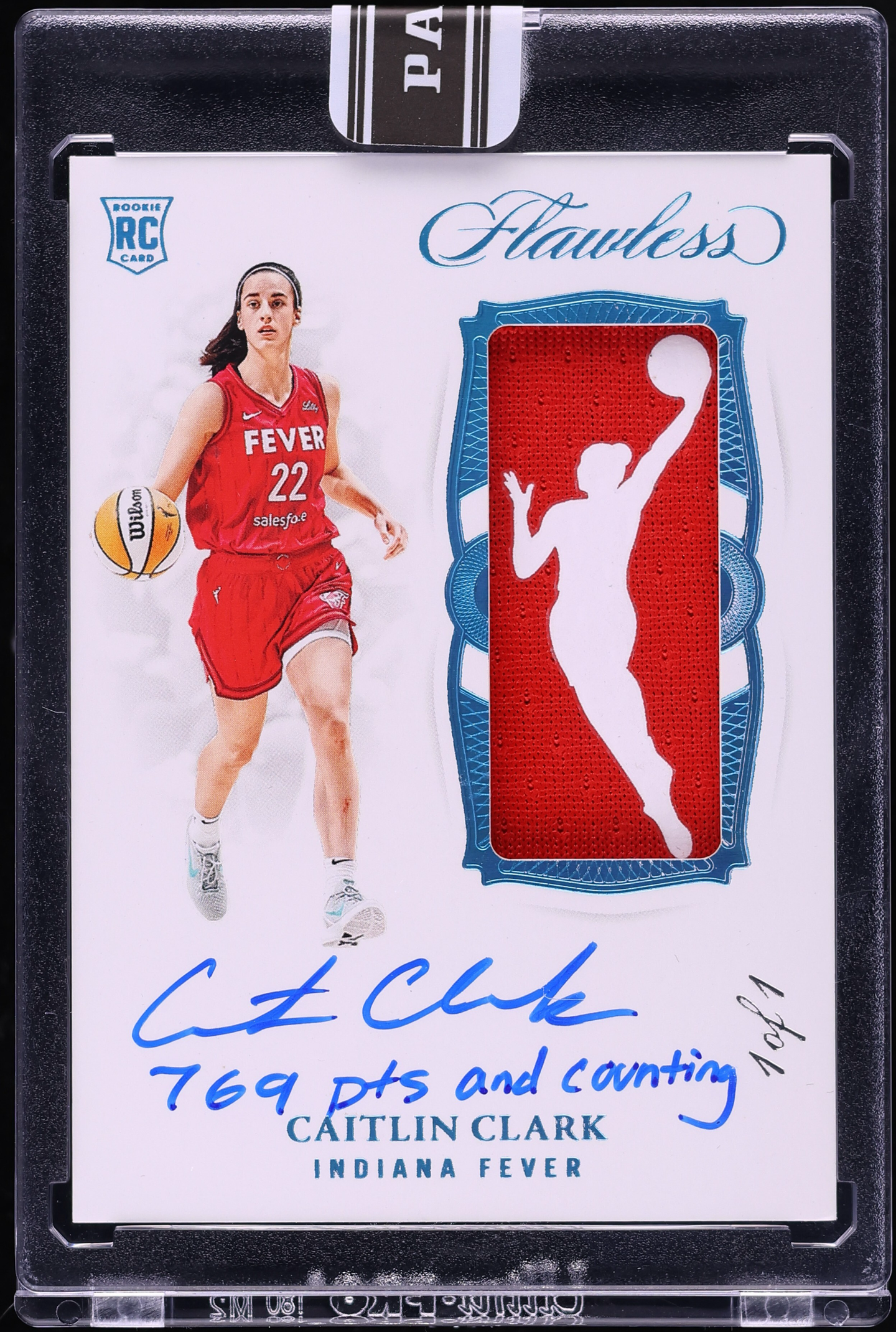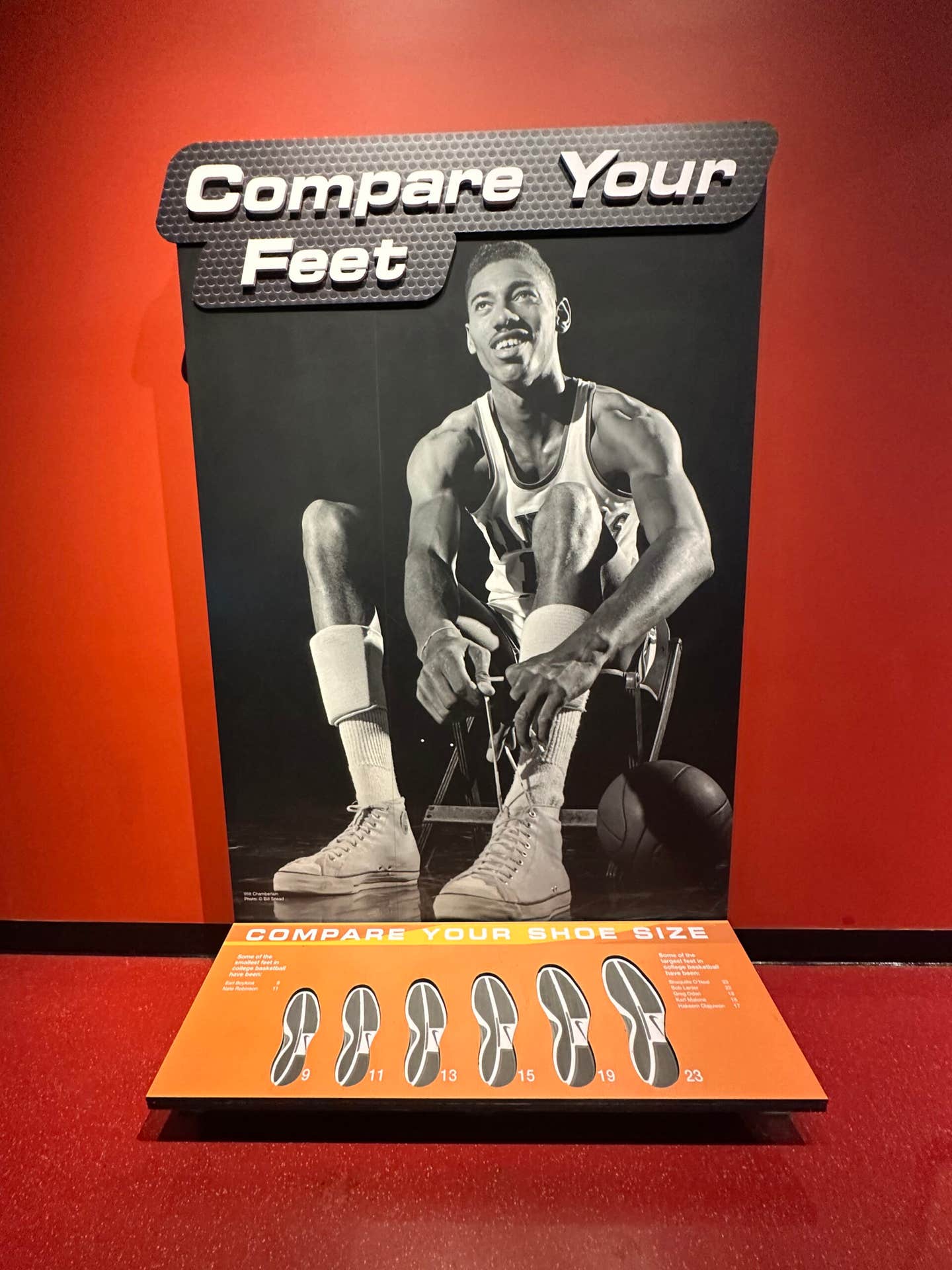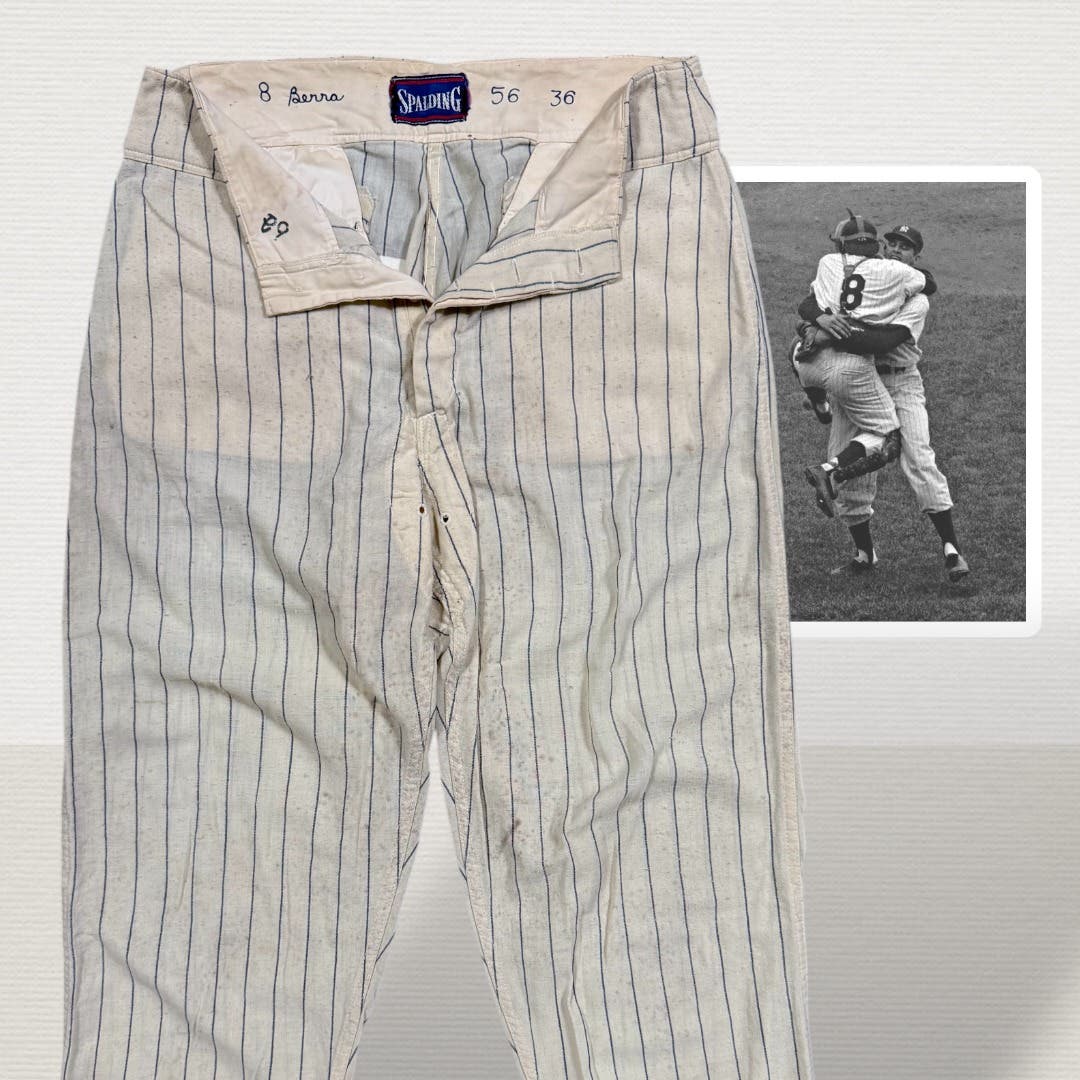Memorabilia
The Bobby Orr Fan Club provided unique Orr collectibles
By Arnold Bailey
This past season marked a half-century since Bobby Orr played his first National Hockey League game and began a historic career that transformed the sport and left a rich legacy of memorabilia that includes a unique fan club.
Orr’s debut with Boston came in an October 1966 game against Detroit. It was pure coincidence in scheduling that led to a match-up between a powerful Red Wings team headed by Gordie Howe and a struggling Bruins team that was showcasing a teenager on defense.
Howe came to be known as “Mr. Hockey” and, for young Orr, he demonstrated why early on by clobbering the rookie with one of his patented elbow shots. But Orr would go on to eventually change the way Mr. Hockey’s game would be played.
Orr went on to earn eight Norris Trophies as the NHL’s top defenseman, three Hart Trophies as the league’s most-valuable player, and two Ross Trophies as the NHL’s leading scorer among his record array of awards and honors.
For Bruins fans, Orr brought Stanley Cup championships. For opponents, he brought moves on the ice not seen before or since. For the NHL record books, he left scoring marks for defensemen of 46 goals (1974-75 season), 102 assists and 139 points (both in 1974-75). And, for sports collectors, Orr left an impressive array of cards and memorabilia.
A gem mint version of Orr’s rookie card in the TV-screen designed 1966-67 Topps set recently sold for $47,593 at auction. Game-worn Orr number 4 jerseys have sold for prices as high as $191,000. Other Orr cards and artifacts remain popular even today, a half-century of seasons since he laced up his skates and took to the ice in his first NHL game.
Very few hockey players – indeed, very few athletes in any sport – remain as popular as Orr among collectors. He’s hockey’s answer to baseball’s beloved Mickey Mantle, basketball’s legendary Michael Jordan or football’s model for winning, Tom Brady.
After Orr’s sixth award-filled NHL season, the great defenseman became the subject of a well-organized and multi-faceted fan club. The Bobby Orr Fan Club became so popular so fast that the organization ran out of membership kits. Thousands had to wait weeks to join up. But wait they did. The club newsletter even carried an apology for the delay. No specific accounting is available, but it is estimated that tens of thousands of fans eventually signed up.
Without living through it, it’s difficult to imagine how Orr’s popularity affected hockey fans, especially throughout New England. Suddenly, every kid with a pair of skates wanted to be the next Bobby Orr. Cities and towns – and some private developers – were building new hockey rinks at an amazingly fast pace. The talented but humble young defenseman from the north could have been elected mayor of Boston, or maybe even president of the U.S. had he wanted to be.
It was in early 1973, after two years of planning, that the fan club was unveiled. It had a mailing address in Canton, Mass., a suburban town south of Boston. Membership in Bobby Orr’s club was a bargain. You could join by sending in a mailing label or facsimile from any product of four sponsoring food-related companies plus the sum of $1. The buck, it was explained, was to cover the cost of a year’s postage and handling in connection with the things members would receive in the mail.
Let Orr’s own words in the first club newsletter – Bobby SpORRts - serve as an introduction. (Note the extra “R” and extra capitalization in the word “Sports.” The newsletter masthead included the “Orr” name emphasis as a design and marketing tool.) Here’s Orr’s opening message:
“When Bill Watters first asked me to write a welcoming letter to you people, I thought, ‘Oh, that should be easy.’ However, after several tries, I have found it rather difficult to really express how I feel. I’m sure you can share the feelings of honor and appreciation that overcomes me when I think of your kindness in joining our club. I know as a boy I would love to have been a member, for no other reason than to get a chance to go to Boston Garden and see a playoff game, which is one of the many prizes offered by our club...The trip to the Stanley Cup final is one of the prizes and I hope we’ll be making it as well. Hopefully we’ll be able to add a little to the trip by winning.”
Orr’s message shows so clearly his now legendary modesty and humility. For those familiar with Orr’s recently published biography, that modesty and humility remain. In Orr: My Story, the man who is arguably the greatest hockey player ever, seems almost apologetic that his story is being told. Some have suggested that Orr’s modesty is exceeded only by his ability to put hockey pucks in the net.
Anyone who might question Orr’s enduring popularity needed only to watch the pre-game ceremonies at this season’s home opener for the Bruins. Orr returned to the ice at the TD Garden in Boston to take part in the ceremonial puck dropping, accompanied by another hockey hero, Milt Schmidt. For many, the 98-year-old Schmidt is the “face” of the Bruins because he has served the team for about seven decades as player, team captain, coach, general manager and, now, good-will ambassador.
Schmidt is also the guy who signed Orr for the Bruins. Before the recent opening game, Schmidt repeated his opinion that Orr is not just a great player, but the greatest to ever lace up a pair of skates. As he spoke, Orr tried in his modest way to deflect the praise by pulling out his wallet and slipping a $20 bill into the hand of his fellow Bruins legend.
In his newsletter message to new members, Orr thanked the club’s sponsors.
There was the previously mentioned Bill Watters, a high school teacher in Toronto who came to be deeply involved in Orr’s career. Watters was listed, among the editorial staff of the club newsletter, along with Carrie Brooks, Dick Grace and Al Ruelle. The latter, identified as the newsletter photographer, was the official photog for the Bruins, a man with a camera who became a perfect-picture legend during four decades with the team.
In his 2013 autobiography, Orr: My Story, the Bruins star mentions that Watters is one of the close friends that his agent turned rogue, Alan Eagleson, attempted to cut from his life.
Heading the fan club sponsors list was Gene Merkert. He had built an empire at Food Enterprises, Inc., then the nation’s largest food broker. He also was a part owner of the Bruins and their basketball counterpart, the Boston Celtics. Merkert also founded a hockey tournament he named in Orr’s honor.
The list of corporate sponsors also included Ocean Spray (the Massachusetts-based cranberry sauce and juice firm), plus Amstar, Friends Bros. (items like canned beans) and Roman Products (items like pizza and ravioli), all major players in the food products market.
For their $1 investment, club members were rewarded with a wonderful array of things. First there was the monthly newsletter with its brief messages from Orr, articles about other players (mostly hockey stars but also Bill Lee, the “Spaceman” and spacy pitcher for the Boston Red Sox), tips on playing hockey, contests and prizes, and plenty of great photos. At least 10 issues of the newsletter have appeared from time to time on the collectibles market.
Full membership kits (including the newsletters and membership items) have been offered for sale infrequently but when they have been available they have attracted winning bids in the $230 range.
In addition to the newsletter, members received a coated membership card, a membership scroll “suitable for framing,” a color 8”-by-10” photo of Orr, and a four-page gifts (merchandise) catalog.
Also available were prizes that included two-week vacations at the Orr-Mike Walton Sports Camp (in Orillia, Ontario), a dinner with Orr, and Stanley Cup playoff tickets. And 50 lucky members would win hockey sticks autographed by Orr. Members were instructed to send in brief essays plus labels from designated food products.
Those Orr-signed hockey sticks are prized collectibles today. So are the 43 items for sale in the gift catalog that is so full of artifacts that, decades later, it can serve as a reference guide to Orr collectibles. The gifts list features all things Orr and his jersey No. 4. There is everything from T-shirts and jackets to pucks and miniature sticks, from watches and bracelets to ash trays and bottle openers, from equipment bags and pennants to key chains and desk sets, and much, much more. Few collectors are lucky enough to have many of the items – like the rain ponchos, beach towels or pillowcases – in their Orr caches today.
If you were an Orr Fan Club member who purchased one of each of the 43 items listed in the catalog, it would have cost you a little over $200 back then, according to the fan club price list. Prices ranged from 75 cents for a pin-back button to $19.95 for a wristwatch.
If you still had all of those 43 items safely tucked away in your collection today, the total book value would be in the $5,100 range, possibly higher depending on how carefully you protected and preserved your prized Orr merchandise during the past four-plus decades.
Arnold Bailey is a a freelance contributor to Sports Collectors Digest and can be reached at acbailey1125@yahoo.com.








